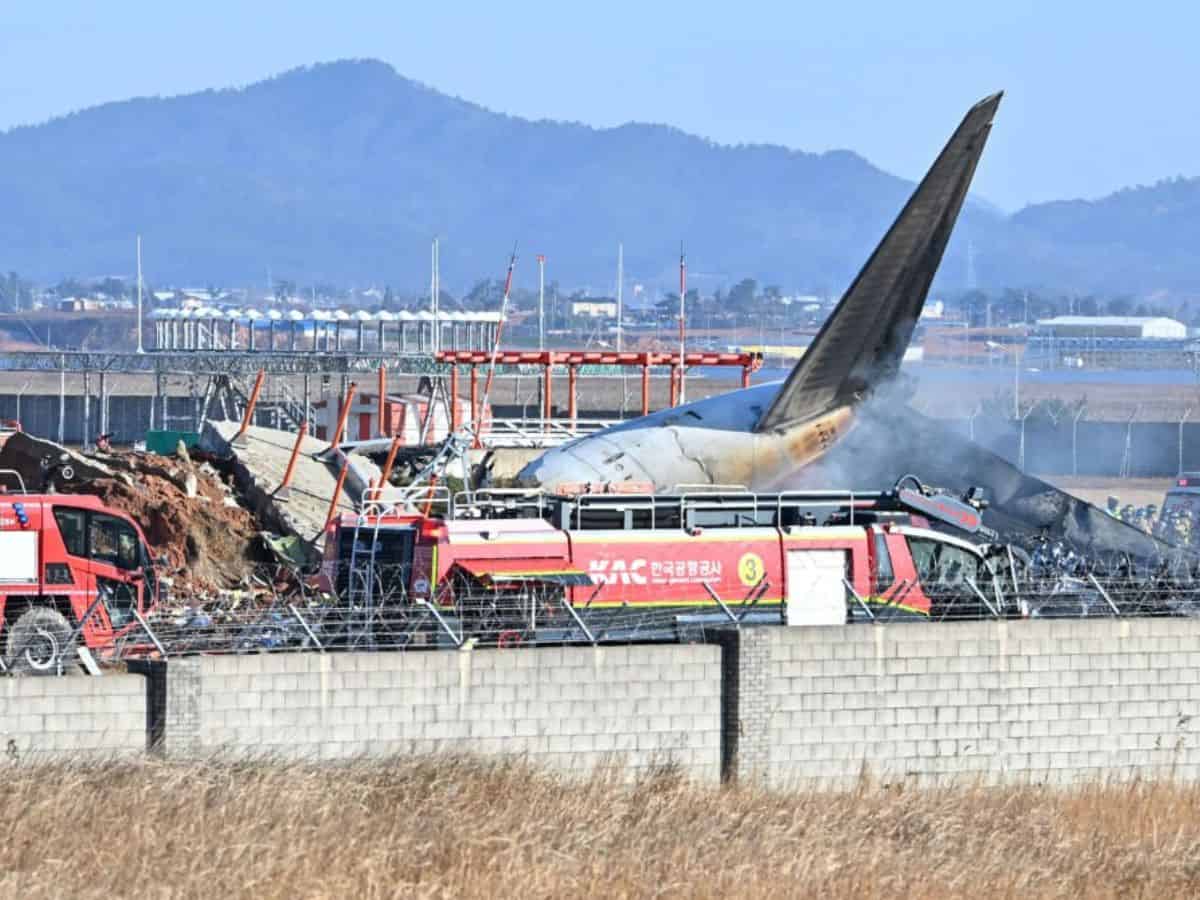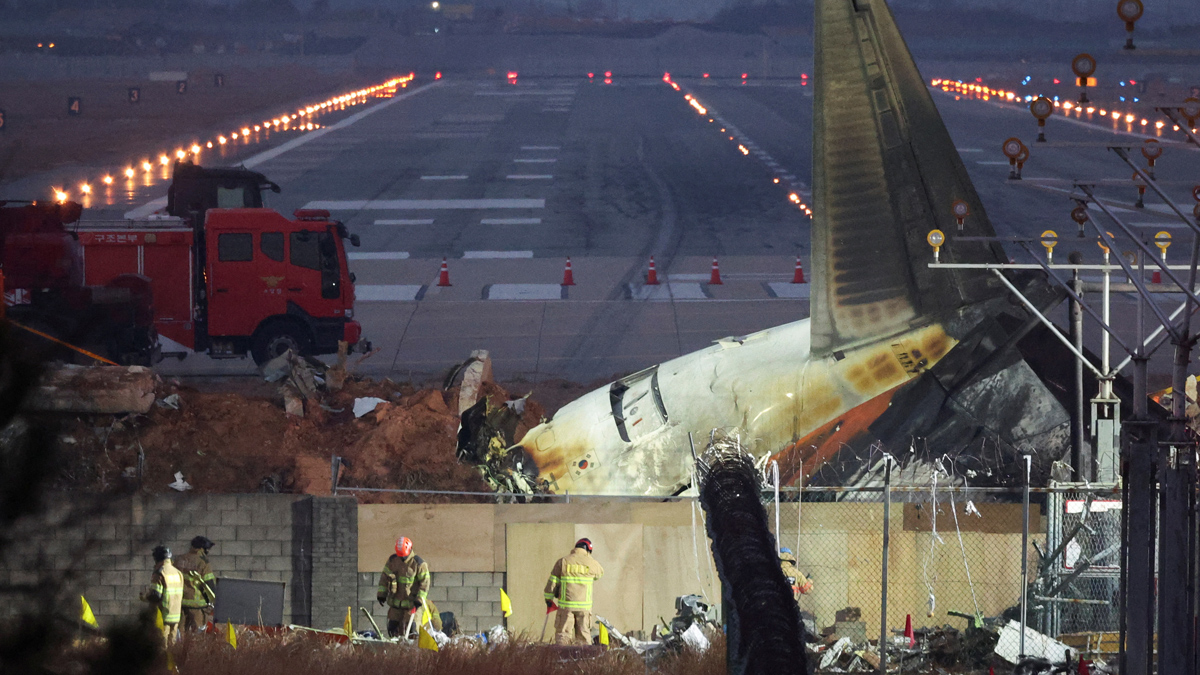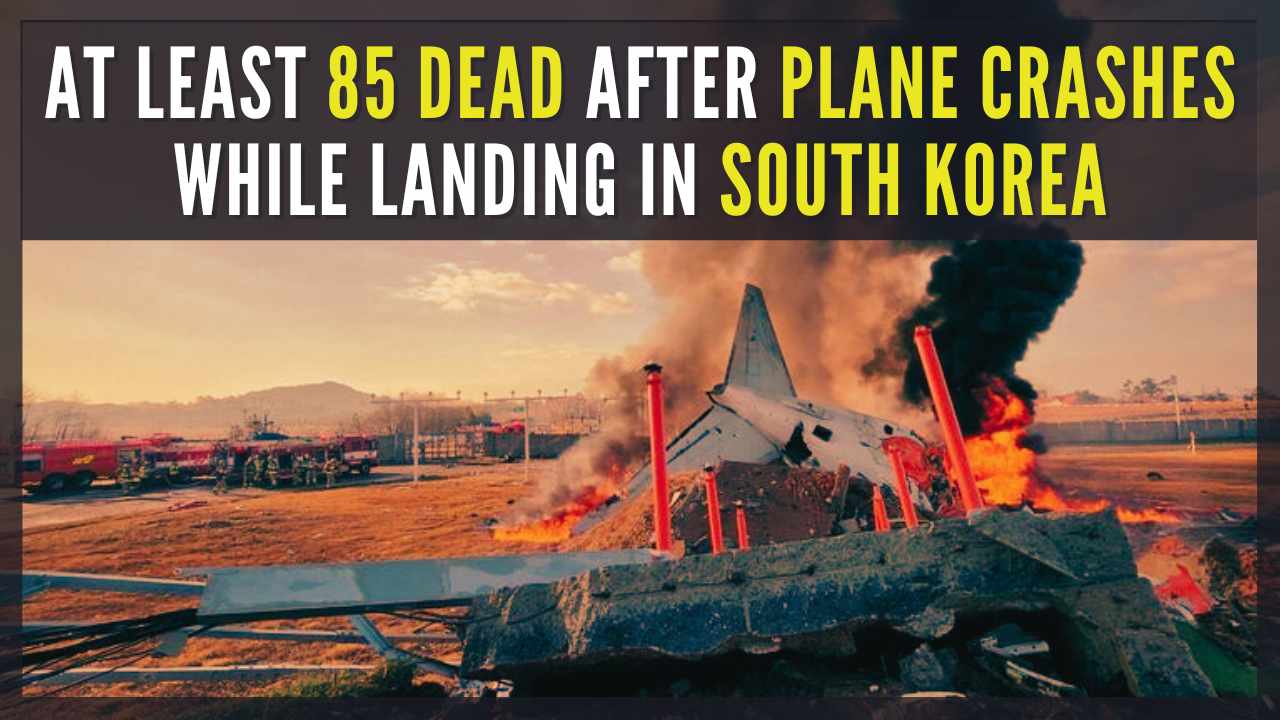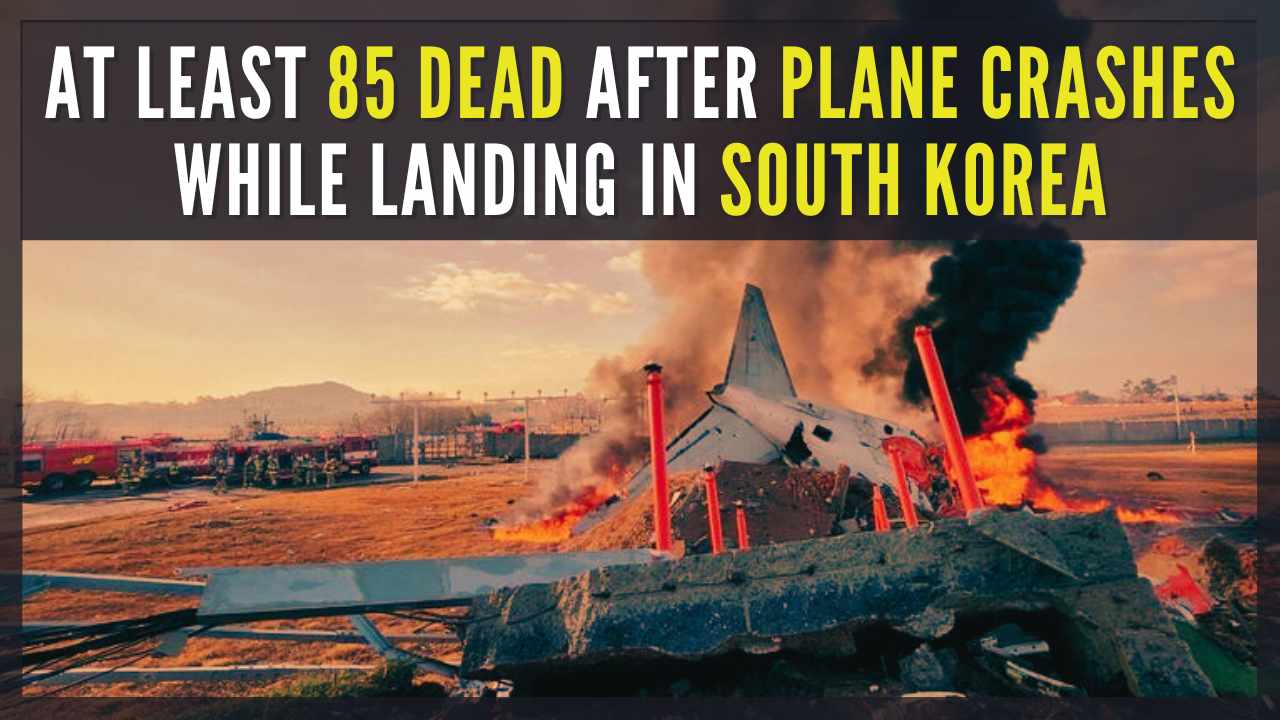South Korea plane travel is more than just getting from point A to point B; it’s a window into a dynamic aviation industry. This exploration delves into the history, infrastructure, regulations, and future of South Korean air travel, revealing the significant role it plays in the nation’s economy and global connectivity. We’ll examine major airlines, airports like Incheon International, and the safety standards that underpin this crucial sector.
From the bustling hubs of Incheon and Gimpo to the stringent safety regulations and the economic impact of air travel, this overview provides a detailed look at South Korea’s aviation landscape. We’ll cover everything from the historical development of the industry to the exciting technological advancements on the horizon, painting a comprehensive picture of South Korea’s place in the global aviation world.
South Korea’s Aviation Industry
South Korea boasts a dynamic and rapidly growing aviation industry, playing a crucial role in its economic development and global connectivity. This section details the history, key players, safety records, and aircraft types within the South Korean airline sector.
South Korea’s aviation history is generally quite safe, but unfortunately, incidents do occur. Learning about past events helps improve safety protocols. For example, check out this article on a plane crash in south korea to understand the complexities involved. Studying these events helps ensure future flights in South Korea remain as secure as possible. Understanding these past incidents is key to improving the overall safety record of South Korea planes.
History and Key Milestones of South Korea’s Airline Industry
The South Korean airline industry’s history is marked by significant growth and modernization. Early development focused on establishing national carriers and connecting to key regional hubs. Korean Air, established in 1962, and Asiana Airlines, founded in 1988, became major players, expanding their international networks and fleet sizes significantly over the decades. The emergence of low-cost carriers (LCCs) in recent years, such as Jeju Air and T’way Air, has further diversified the market and increased accessibility for travelers.
Safety Records of Major South Korean Airlines
South Korean airlines maintain a strong safety record, comparable to international standards. Both Korean Air and Asiana Airlines have implemented rigorous safety protocols and undergo regular audits to meet international aviation safety regulations. While incidents have occurred, the overall safety performance reflects a commitment to best practices and continuous improvement. Detailed statistical comparisons with international counterparts would require access to specific databases of aviation safety incidents.
Types of Aircraft Used by South Korean Airlines
The aircraft used by South Korean airlines vary depending on the airline and the route. Major carriers operate a mix of wide-body aircraft like the Boeing 777 and 787 Dreamliner, and Airbus A380 and A350, for long-haul international flights. Narrow-body aircraft such as the Airbus A320 family and Boeing 737 are commonly used for shorter domestic and regional routes.
Low-cost carriers predominantly utilize fuel-efficient narrow-body aircraft to optimize operational costs.
Market Share of Airlines Operating in South Korea
The South Korean airline market is a mix of full-service and low-cost carriers. Korean Air and Asiana Airlines hold a significant share of the market, while LCCs like Jeju Air and T’way Air are gaining traction, particularly in the domestic market. Precise market share figures fluctuate and require regular updates from aviation market analysis reports.
| Airline | Market Segment | Approximate Market Share (%) | Notes |
|---|---|---|---|
| Korean Air | Full-Service | 30-35 | Dominant player in international routes |
| Asiana Airlines | Full-Service | 20-25 | Strong presence in both domestic and international markets |
| Jeju Air | Low-Cost | 15-20 | Leading LCC, strong domestic network |
| T’way Air | Low-Cost | 5-10 | Growing LCC, expanding international presence |
Major Airports in South Korea: South Korea Plane
South Korea’s airport infrastructure is a vital component of its aviation industry, facilitating both domestic and international travel. This section focuses on the key airports and their roles in the country’s air travel system.
Incheon International Airport (ICN) Infrastructure and Capacity
Incheon International Airport (ICN), located near Seoul, is a major international hub and consistently ranks among the world’s best airports. Its infrastructure includes multiple terminals, extensive runway systems, advanced passenger processing facilities, and a wide range of amenities. The airport’s capacity allows it to handle a large volume of passengers and cargo, contributing significantly to South Korea’s global connectivity.
Comparison of Incheon International Airport with Other Major Asian Airports
Incheon International Airport competes with other major Asian airports such as Hong Kong International Airport (HKG), Narita International Airport (NRT), and Changi Airport (SIN) in terms of passenger volume and facilities. While precise comparisons require detailed data analysis, ICN consistently performs well in passenger satisfaction surveys and has received numerous awards for its efficient operations and passenger amenities. Its advanced technology and seamless passenger flow are key differentiators.
Role of Gimpo International Airport (GMP) in Domestic and Regional Air Travel
Gimpo International Airport (GMP), also serving Seoul, primarily focuses on domestic and regional flights within Northeast Asia. It plays a crucial role in facilitating short-haul travel within South Korea and to neighboring countries, relieving some pressure on Incheon’s international operations. Its convenient location within Seoul makes it a popular choice for domestic travelers.
Key Features and Services at Major South Korean Airports
Major South Korean airports offer a comprehensive range of services designed to enhance the passenger experience. These features contribute to the airports’ high rankings in global airport surveys.
- Efficient check-in and baggage handling systems
- Numerous shops, restaurants, and lounges
- Advanced security and customs processes
- Excellent transportation links to city centers
- Accessibility services for passengers with disabilities
- High-speed Wi-Fi and charging stations
Air Travel Regulations and Safety in South Korea
This section examines the regulatory framework and safety standards governing air travel in South Korea, ensuring a high level of safety and passenger protection.
Air Safety Regulations and Oversight Bodies
The South Korean government, through the Ministry of Land, Infrastructure, and Transport (MOLIT) and related agencies, establishes and enforces stringent air safety regulations. These regulations cover various aspects of aviation, including aircraft maintenance, pilot training, air traffic control, and airport operations. Regular inspections and audits ensure compliance with these standards.
Comparison of South Korea’s Aviation Safety Standards with International Standards
South Korea’s aviation safety standards align closely with international standards set by organizations like the International Civil Aviation Organization (ICAO). The country actively participates in ICAO initiatives and adopts best practices to maintain a high level of safety. Regular audits and assessments by international bodies help to ensure continued compliance and improvement.
Passenger Rights and Compensation Procedures
South Korean law provides passengers with certain rights in case of flight disruptions, such as delays or cancellations. Compensation procedures vary depending on the cause of the disruption and the terms and conditions of the airline ticket. Passengers are advised to check their airline’s policies and contact customer service for clarification.
Key Regulations Related to Air Travel in South Korea, South korea plane
Several key regulations govern air travel in South Korea, ensuring passenger safety and operational efficiency. These include regulations concerning baggage allowance, prohibited items, and passenger conduct.
| Regulation Area | Key Aspects | Relevant Authority | Notes |
|---|---|---|---|
| Passenger Safety | Security checks, prohibited items | MOLIT, Airport Authorities | Strict adherence to international security standards |
| Baggage Allowance | Weight and size limits, checked and carry-on baggage | Individual Airlines | Varies depending on airline and ticket class |
| Flight Disruptions | Passenger rights, compensation procedures | MOLIT, Consumer Protection Agency | Clear guidelines for compensation in case of delays or cancellations |
Impact of Air Travel on South Korea’s Economy

Air travel plays a significant role in South Korea’s economy, contributing to GDP growth, supporting tourism, and facilitating international trade.
Contribution of the Aviation Sector to South Korea’s GDP

The aviation sector, including airlines, airports, and related industries, contributes significantly to South Korea’s Gross Domestic Product (GDP). This contribution includes direct economic activity from employment within the sector, as well as indirect effects through supporting industries such as tourism and logistics.
Economic Impact of Tourism Facilitated by Air Travel
Air travel is a major driver of tourism in South Korea. The ease of international access through its well-connected airports attracts millions of tourists annually, contributing significantly to the country’s tourism revenue and related industries like hospitality and retail.
South Korea’s aviation history is pretty extensive, covering everything from smaller regional flights to major international routes. Sadly, this history also includes incidents like the tragic south korea plane crash which prompted significant safety reviews and improvements within the industry. Understanding these past events helps us appreciate the current safety standards surrounding South Korea plane travel.
Role of Air Freight in Supporting South Korea’s Export-Oriented Economy
Air freight plays a crucial role in supporting South Korea’s export-oriented economy. The efficient handling of goods through its airports enables the timely delivery of goods to international markets, contributing to the country’s competitiveness in global trade.
Illustrative Flow of Goods and Passengers Through South Korean Airports
A visual representation would show a flow chart. Passengers arrive at Incheon (ICN) and Gimpo (GMP) from various international and domestic locations. They proceed through customs and immigration, then depart to their final destinations. Simultaneously, air freight moves through the airports, with imports arriving and exports departing, linking South Korea to global supply chains. The chart would highlight the interconnectedness of passenger and cargo movements, showcasing the airports’ role as crucial hubs in the national economy.
Future of Air Travel in South Korea
The South Korean aviation industry is poised for continued growth and transformation, driven by technological advancements and evolving travel patterns. This section explores the key trends and projections for the future of air travel in South Korea.
Emerging Trends in the South Korean Aviation Industry
The growth of low-cost carriers (LCCs) continues to reshape the South Korean aviation market, offering more affordable travel options to a wider range of passengers. Technological advancements such as improved aircraft efficiency and digitalization of airport services are also transforming the industry.
Potential Impact of Technological Advancements
Technological advancements, such as autonomous flight technology and the increasing use of artificial intelligence in airport operations, have the potential to significantly impact the efficiency and safety of air travel in South Korea. While full autonomy is still some years away, the integration of AI for improved air traffic management and predictive maintenance is already underway.
Plans for Expanding Airport Infrastructure and Air Travel Capacity

South Korea is investing in expanding its airport infrastructure to accommodate the growing demand for air travel. This includes plans for expanding existing airports and potentially building new ones to meet future capacity needs. These expansions will enhance the country’s global connectivity and competitiveness.
Prediction for the Future of Air Travel in South Korea
In the next 10-20 years, the South Korean aviation industry is expected to experience continued growth, driven by rising disposable incomes, increasing tourism, and the expansion of international trade. The continued growth of LCCs and technological advancements will likely shape the future landscape of the industry, leading to greater efficiency, affordability, and passenger convenience. Similar to the growth seen in other major Asian aviation hubs, South Korea can expect increased passenger volume and a more diversified airline market, with a potential increase in both international and domestic flight routes.
Outcome Summary

South Korea’s aviation industry is a powerful engine of economic growth, a vital link in global connectivity, and a testament to the nation’s commitment to safety and innovation. From its impressive airport infrastructure to its robust regulatory framework, the future of air travel in South Korea looks bright, promising further expansion and technological advancements that will shape the industry for decades to come.
Understanding its complexities, from its history to its future, reveals a compelling story of progress and global integration.
General Inquiries
What are the most common complaints from passengers flying in South Korea?
Common complaints often revolve around baggage handling, flight delays, and in-flight service issues. Specific details vary.
How accessible are South Korean airports for people with disabilities?
So you’re looking into South Korean planes? That’s cool! Thinking about air travel safety often leads to considering other large-scale aerial displays, like the amazing spectacle of drone fireworks China offers. Seeing those coordinated light shows makes you appreciate the complex technology involved, which is similar in some ways to the advanced systems in modern passenger aircraft like those used in South Korea.
Major airports like Incheon are generally well-equipped for accessibility, but it’s always advisable to contact the airport directly or your airline for specific assistance details.
Are there any restrictions on carrying liquids on domestic flights within South Korea?
Similar to international standards, restrictions on carrying liquids in carry-on luggage apply. Check the specific guidelines on the airport or airline website.
